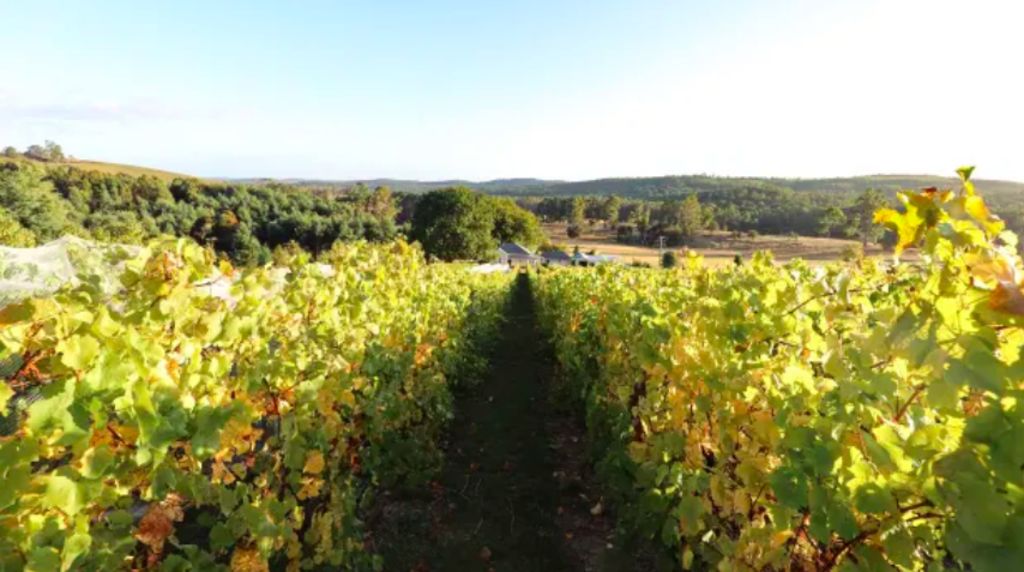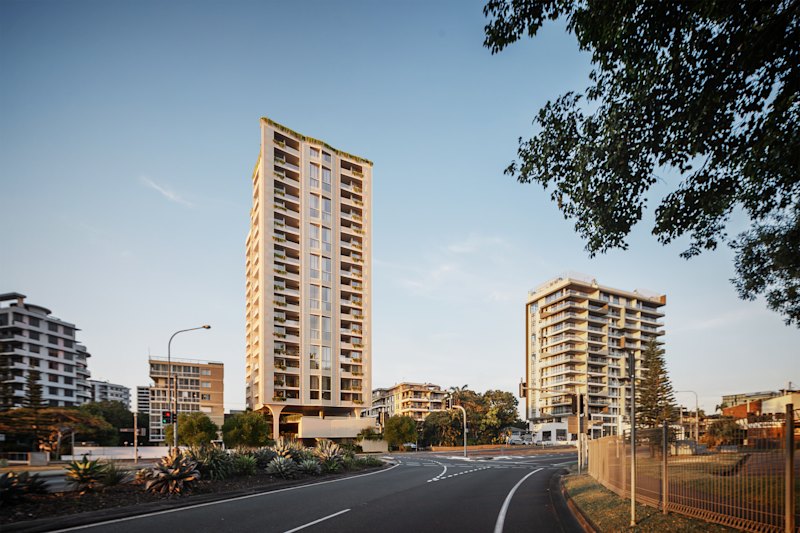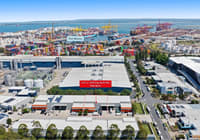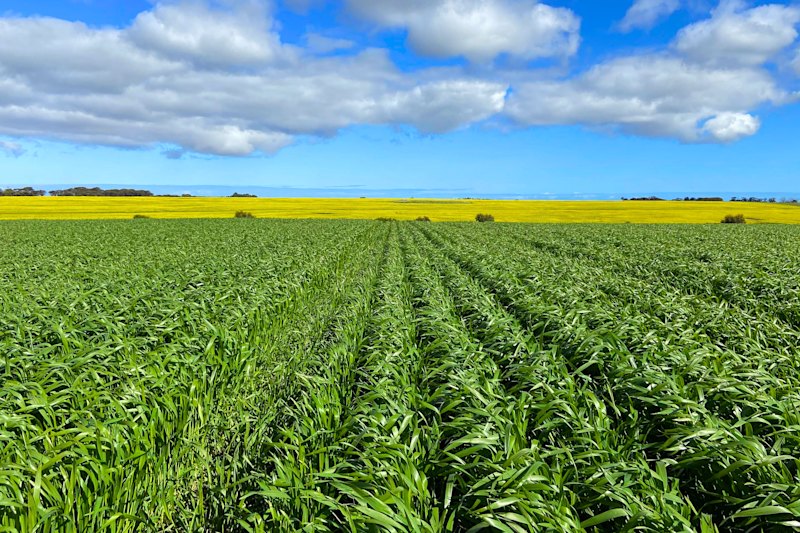
Vineyard values have 'turned the corner', say valuers
Vineyard values, which have been in the doldrums for more than a decade, are expected to rise strongly over the next few years as market sentiment improves on the back of demand for fruit outstripping supply.
That’s the view of valuers at Colliers International, who say the need for more fruit is already driving fresh investment in new vineyard plantings in South Australia, Victoria, Tasmania and NSW.
The 2019 vintage is likely to be down 10-20 per cent from last year’s harvest, coming in at about 1.5 and 1.6 million tonnes of grapes.
Last year’s vintage fell 10 per cent to 1.8 million tonnes – a return to more normal cropping levels as the industry unwound itself from more than a decade of oversupply, which sent vineyard values tumbling.
“Our outlook [for vineyard values] is one of continued growth, after more than a decade of flat or even negative value growth in most regions other than perhaps the Barossa Valley,” said Alex Thamm, Colliers Internatonal’s head of agribusiness valuation and advisory services.
“We have turned the corner and seen strong capital appreciation of some 20- 30 per cent in some areas,” he said.
He added that the undersupply of fruit would lead to an expansion of vineyard areas in the short term, with around 1500 to 2500 hectares already planted over the past 12 months or earmarked for future development.
“We are seeing new development in both cool and warm climate regions and are aware of significant greenfield developments in the Clare Valley, Barossa Valley, Tasmania, Coonawarra, Sunraysia and Riverina.
“Most of this development is being undertaken by established wine companies targeting specific fruit needs. It is very varietal specific,” Mr Thamm said.
Next year’s vintage could also shrink if the drought conditions persist, with the high cost of irrigation water for warm climate vineyards likely to translate into less fruit, according to Colliers International.
Furthermore, warm-region vineyards reliant on irrigation water are facing the possibility of no longer being able to produce a profitable crop.
“We also note that any increases in temporary water costs are likely to make the production of some warm-climate white varietals in particular unprofitable at current prices. The cost of water could make chasing yield and margin counter productive,” Mr Thamm said.
The positive valuation outlook from Colliers International is shared by valuers at Herron Todd White, who noted in a recent report that the “lower Australian dollar is helping maintain stronger prices for wine grapes and there is a feeling of optimism that returns will continue to improve”.
The 20-30 per cent rise in vineyard values expected compares with compound annual growth of 2-10 per cent per annum over the past decade depending on region.
“Looking forward, our outlook for vineyard values in 2019 and 2020 and generally is positive,” Mr Thamm.











